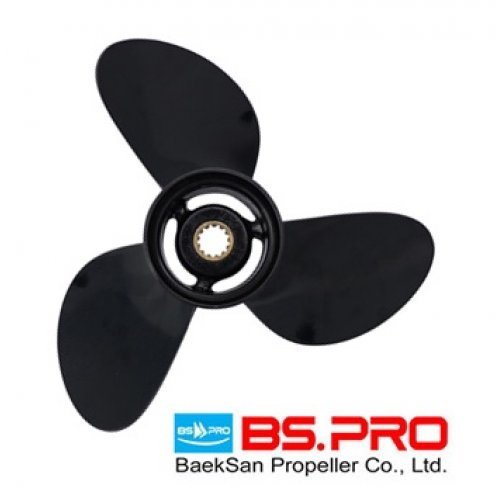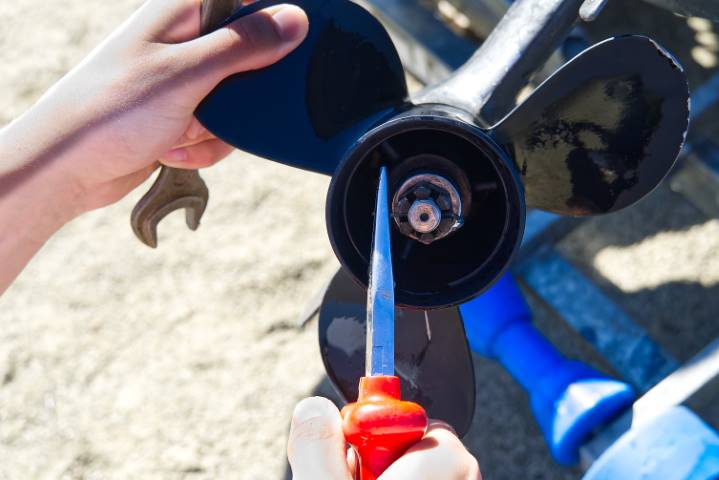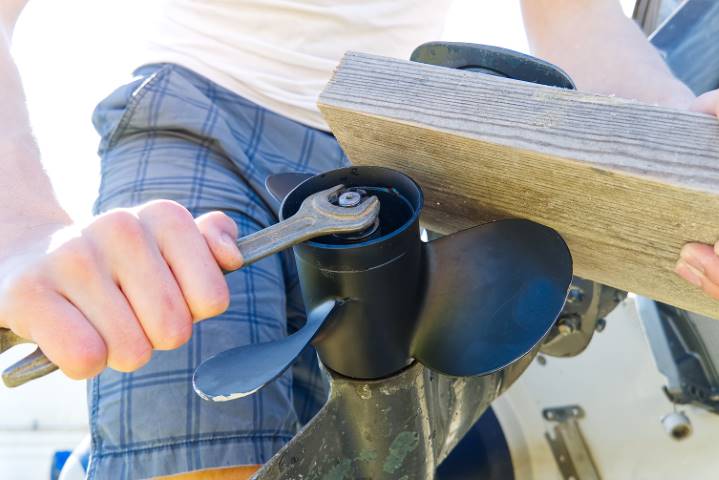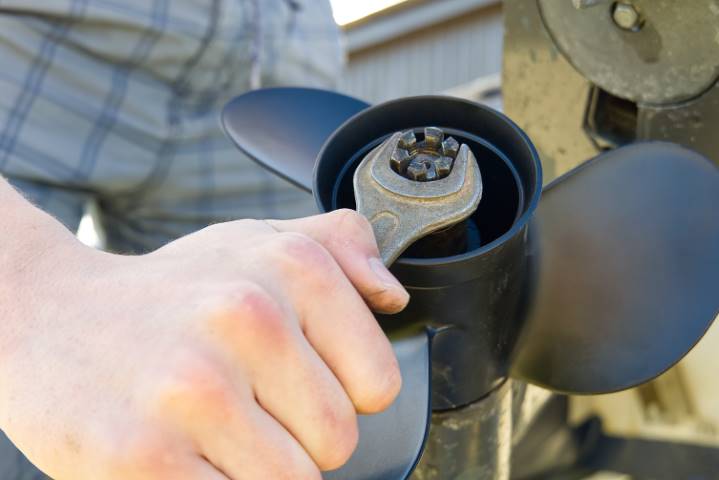Every boating experience is a unique adventure. To experience this, most people need a list of essentials such as boating equipment and safety kits. Apart from these, boating requires skills. These necessities guarantee boaters and their passengers that they’d enjoy their seascape adventure.
One of the skills necessary for every boater is working on the boat’s replaceable parts. Among them is the propeller. Otherwise called a prop, this part transfers the engine’s power to the water. In short, the prop creates the thrusts generated from its push-pull effects. Without a proper fit and top-quality propeller, the boat will move slower or won’t move at all.
Suppose you’ve just started sailing. In that case, here’s an article that could teach you one of the basics—how to change a propeller. Keep on reading if you wish to read more about it.
1. Choose The Right Replacement Propeller
Before you start working on your replacement, choose an appropriate propeller for your boat. On size, you may think about the diameter and the pitch. The diameter refers to the distance between the midpoint of the propeller and the tip of each blade. Generally, propellers with wide diameters are equivalent to fast performance. You can buy the right propeller from Getaprop.com and other stores offering boating essentials.

“Evinrude prop from Getaprop.com”
On the other hand, pitch refers to the average distance made by the proper after a single revolution. Basically, pitch dictates the average speed of a boat. Other considerations are the type of material—aluminum or stainless steel. Lastly, choose among the number of blades. Generally, there are three-blade (for top speed) and four-blade propellers (for power).
2. Prepare The Tools And Replacement Parts
After choosing the prop, you could start preparing the prop wrench and the needle-nose pliers. In addition, you could make ready the replaceable parts—the cotter pin and the new prop. You could also prepare the grease and the spare nuts, bolts, and washers.
3. Start With The Cotter Pin

Tilt the engine in a comfortable position for you. You could use a pair of pliers to uncurl the cotter pin. Then, gently pull the pin out. Since cotter pins are non-reusable, you could throw them away.
4. Loosen The Propeller Nut

Put a chunk of wood on the space between the cavitation plate and the blades. This would prevent the propeller from turning. This way, you can unscrew the nut without much resistance. After placing the wood, you could unscrew the nut using an appropriate socket.
5. Detach The Washer And Nut

Remove the nut and washer properly by pulling the propeller off the shaft. If the prop is well-lubricated, it’d just slip off. If it’s harder to slide than expected, you may tap it gently with the wood. Then, slide off the thrust washer.
6. Check The Prop
Check for any sign of damage. Look for chips and cracks. If the new prop has damages, replace it accordingly. Then use an unsoiled cloth to clean the shaft. Inspect the threads if there are fishing lines covered around the shaft. Use a sharp knife to remove the tangled lines.
7. Waterproof The Prop
Apply a considerable amount of waterproofing grease. Grease application is a vital step to avoid wearing due to extreme heat and friction. In addition, grease makes the prop’s movement smoother. For optimal performance, avoid using graphite-based grease as it’s highly corrosive.
8. Replace The Prop

Put the new propeller, washer, and nut following a reversed pattern of the previous steps. Tighten the nut. Lastly, insert a new cotter pin before twisting its legs to lock the prop in position. When you accomplish this, then you’re good to go.
Wrapping Up
Proper and timely prop replacement prevents damage to the prop and the shaft and engine. It’s one of the troubleshooting and maintenance steps that could keep the engine and prop in good running condition.
Apart from anchoring and tying the boat, prop replacement is one of the skills that every beginner needs to learn. Knowing so saves money, time, and effort. If you’re into boating, you could ask seasoned boaters about their preferences, tips, and tricks. You may know which type of prep fits best, as well as the type of boat.
The guide provided in this article could help you become familiar with the process. You may start practicing with the torn and worn props when you buy and repair an old boat. Also, you could start with your new yacht. Just follow the safety precautions to ensure that you replace your prop properly while preventing potential harm from happening.





